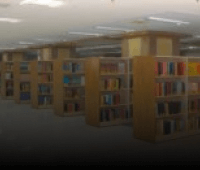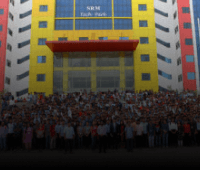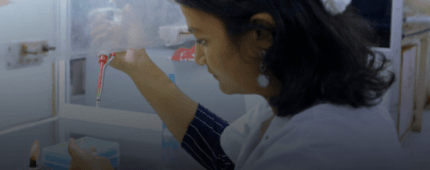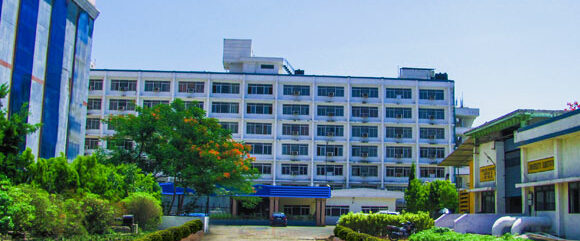Maintenance
- Home
- Life at SRM
- Facilities and Operations
- Maintenance
Maintenance Division
The upkeep and preservation of buildings, equipment, roads, grounds, and utilities on a day-to-day basis is required to maintain a Facility in a condition adequate to support the University’s mission. This also includes planned, preventive, emergency, as well as the unplanned or reactive maintenance required to provide a safe, healthful, and secure environment.
These activities are necessary to keep facilities and systems operational and in good working order. It consists of the preservation, not improvement, of buildings and grounds, other real property improvements and their components. Maintenance may include replacement of components of equipment or building systems (roof, flooring, HVAC, etc.).
Replacements are performed:
- on a routine or recurring basis,
- To bring the equipment or building system back to its fully functional state,
- To ensure the equipment or building system retains its functionality for its anticipated useful life.
Subjected to the above limitations, replacement of a component of a building system (for preservation, not improvement) is a form of maintenance when the replacement component is a duplicate, i.e., replacement-in-kind, or, if not, the replacement item is an upgrade because a duplicate component is obsolete or is no longer reasonably available. When the replacement is undertaken for the purpose of upgrading a system, it is not maintenance.
In order to provide a safe, healthful, and secure environment, the Institution requires the use of four types of maintenance: planned, preventive, unplanned/reactive, and emergency.
Planned maintenance, also referred to as "programmed" or "scheduled" maintenance. It is the upkeep of property, machinery, and facilities, including buildings, utility systems, roads, and grounds. Planned maintenance is often characterized by its routine or recurring nature.
Preventive maintenance is that portion of the overall maintenance program that provides the periodic inspection, adjustment, minor repair, lubrication, reporting, and data recording necessary to minimize building equipment and utility system breakdown and maximize system and equipment efficiency.
- Utilizes planned services, inspections, adjustments, and replacements designed to ensure maximum utilization of equipment at minimum cost.
- Is a program in which wear, tear, and change are anticipated, and continuous corrective action is taken to ensure peak efficiency and minimum deterioration.
- Includes cleaning, adjustment, lubrication, minor repair, and parts replacement.
All are performed on scheduled frequencies in accordance with written maintenance instructions.
Program procedures are designed to fulfill the needs of the Facility. The purpose of the program is to produce cost savings by:
- Reducing the downtime of critical systems and equipment.
- Extending the life of facilities and equipment.
- Improving equipment reliability.
- Ensuring proper equipment operation.
- Improving the overall appearance of facilities.
Unplanned/reactive maintenance is the unplanned response to maintenance requests which do not have emergency status. In general a facilities organization should plan and schedule as much of its maintenance activities as possible. Work that is scheduled and planned is done much more efficiently than that done by reactive maintenance.
The Institution has defined emergency maintenance as the repair or replacement of facility components and equipment requiring immediate attention because the functioning of a critical system is impaired or because health, safety, or security of life is endangered. Emergency maintenance supersedes all other categories.
The maintenance division is divided into two sections
Assistant Maintenance Engineer (Electrical), Supervisor (Electrical), AC technician, Electrician, Plant operator, lift operator, DG Operator.














